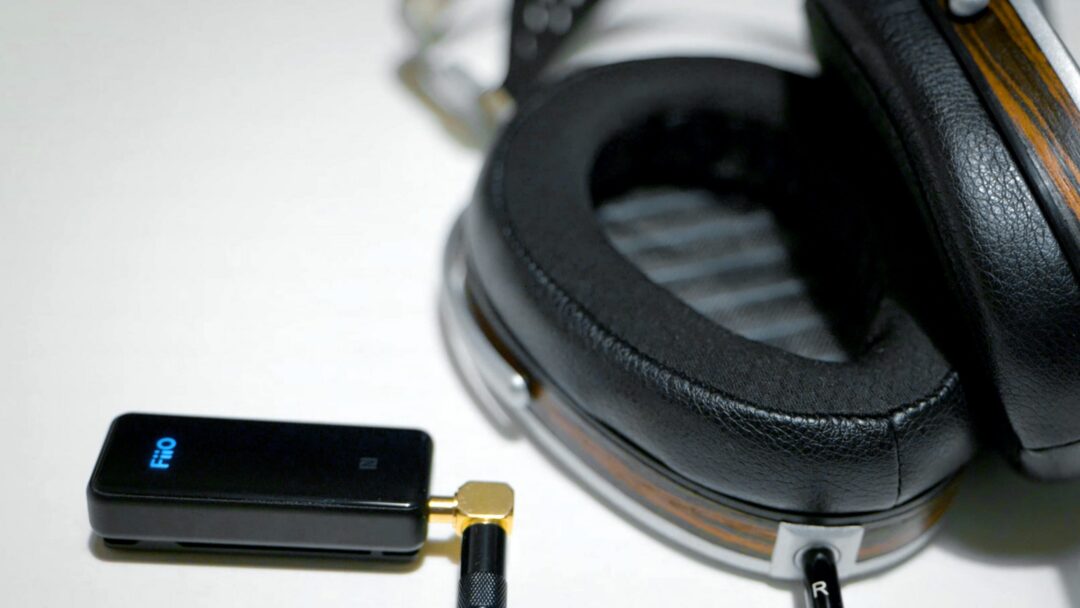Chinese FiiO is known for its little gadgets that make life a little more fun for headphone users. The newest product I have become acquainted with from there is BTR3.
This is a small amplifier / DAC, which connects wirelessly to the mobile with Bluetooth, and thus allows you to enjoy a more liberated music experience with your wired headphones.
It may seem unnecessary, after all, you actually get wireless headphones at a lower price than the approximately 1350 kroner you have to pay for FiiO BTR3. But then you will not get particularly good sound, either.
And just sound quality is the argument for choosing this over a pair of cheap wireless headphones.
After all, your hi-fi headphones will not be wireless. You just move the cable end from the cell phone in your pocket and into a new gadget that you must carry with you. But at the same time it adds something new.
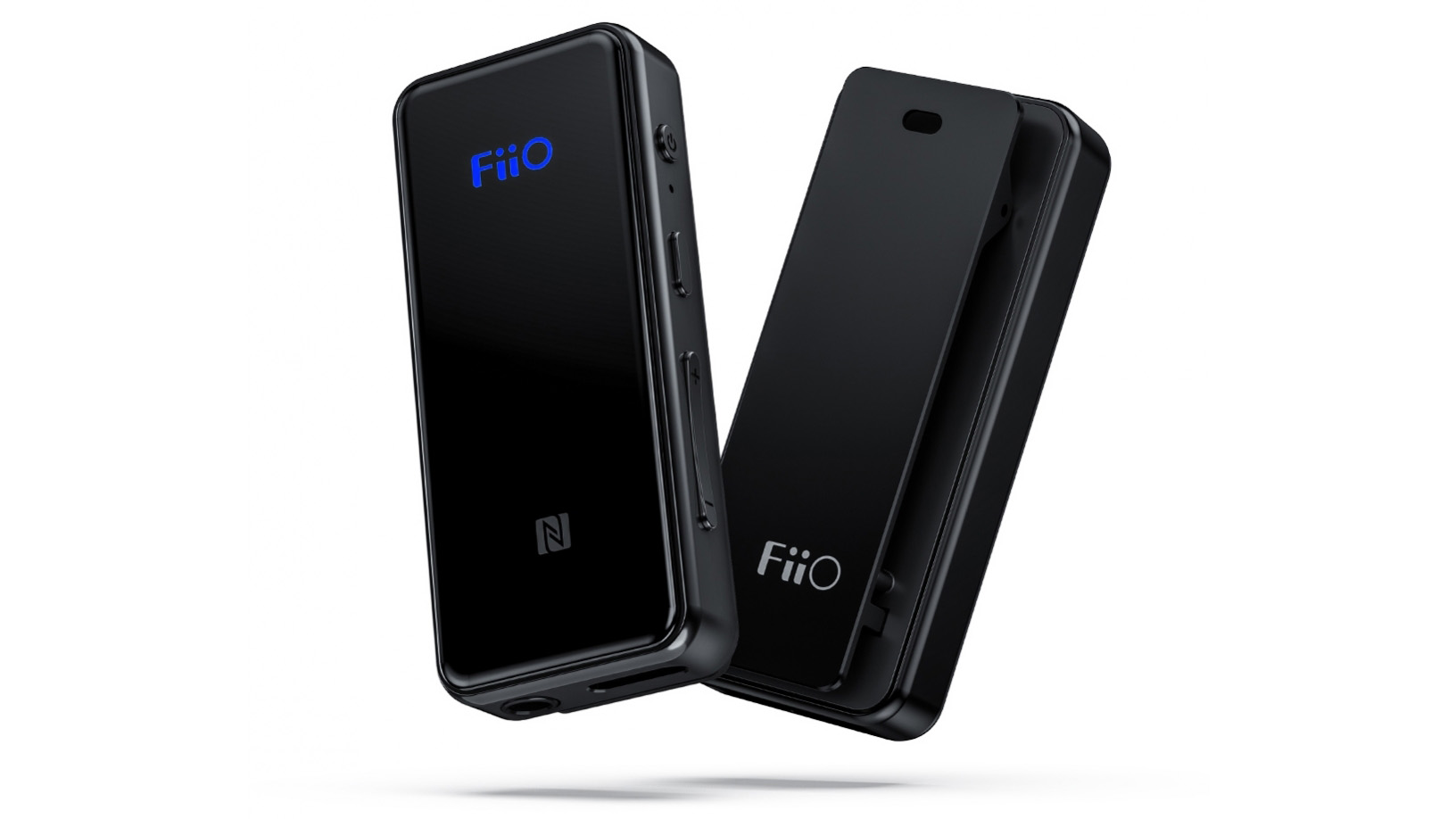
Microphone
First, the BTR3 has a built-in microphone for mobile calls. It has a clip that can sit nicely by the collar of the jacket or shirt, and then you get the microphone much closer to the mouth than with a pair of wireless headphones. Where the microphone sits on one or both bells, at the wrong angle to the mouth. With the result that very many wireless headphones give your interlocutor a rather muddy transmission of your voice.
Power
Another reason to choose BTR3 rather than using the headphone output on the phone (if it has one at all), is that the small FiiO amplifier is much more powerful than any mobile I have heard. My own iPhone 11 Max Pro pales in comparison, which means I would never have thought of using it with a pair of heavy-duty headphones like the Sennheiser HD 800 S or – shock and disbelief – the HiFiMAN HE-1000SE. I honestly would not do that with BTR3 either, as they are both quite unsuitable for portable use. Both because they are open, but also because they are too expensive for me to trust myself enough to have them with land and beach.
On the other hand, it can be a perfect opportunity to bring a pair of great closed headphones like the Denon AH-D5200 or the Beyerdynamic DT 1770 PRO. Headphones that are too heavy-duty for it to be fun with the mobile phone, but which actually get a good splash out of BTR3.
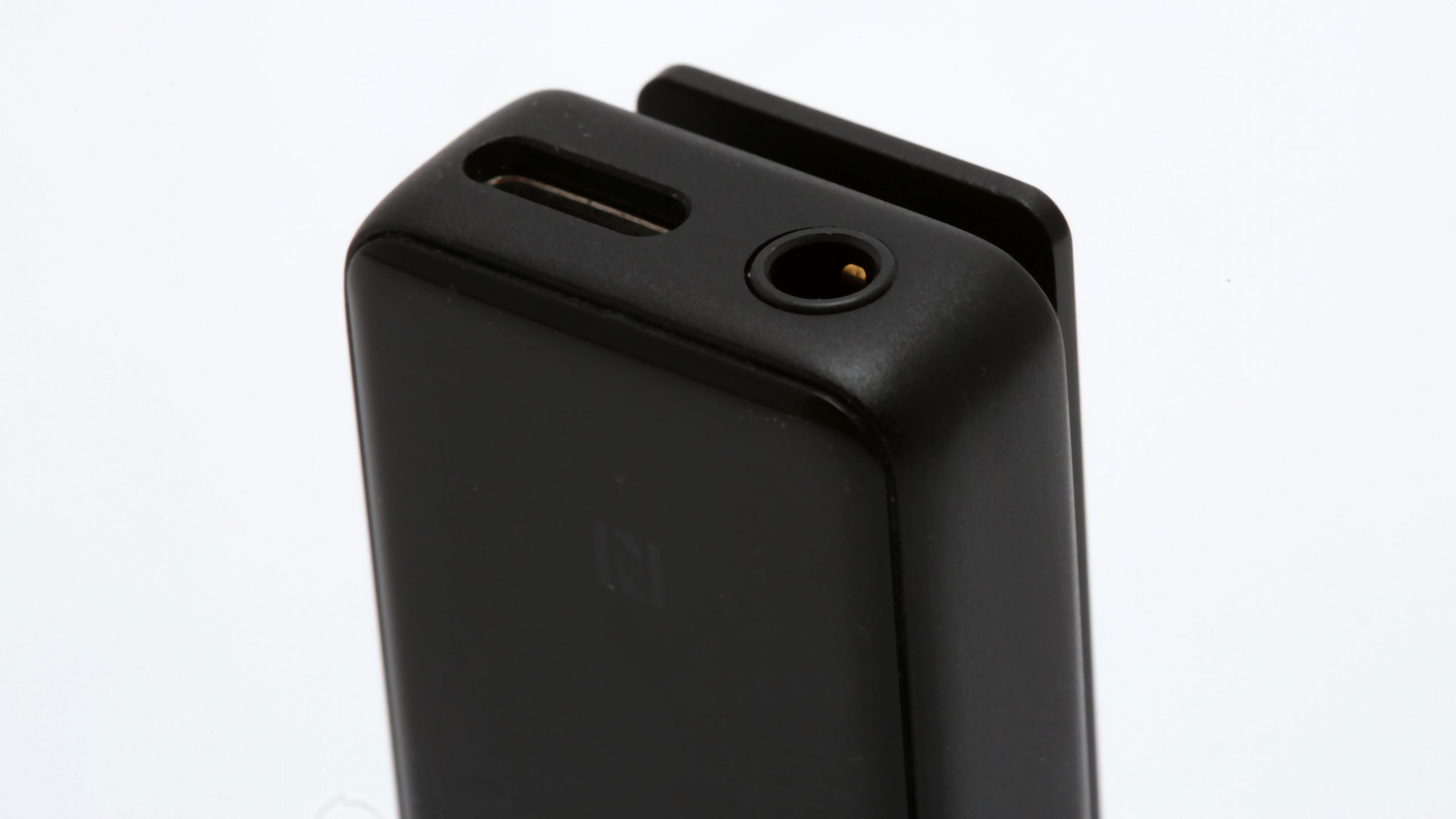
The sound is provided
FiiO also ensures that sound quality is maintained as well as possible via Bluetooth, by supporting most high-quality codecs. AAC for iPhone is in place, but even cooler is for Android users, who can enjoy both aptX HD and LDAC. You should put the phones to LDAC first and last, it gives the best results. Then you get almost four times higher bandwidth than iPhone users get with AAC (990 against 256 Mbps).
As an added bonus, you can connect your PC to the USB-C connector on the FiiO amplifier, and use it as a USB-DAC. And thus get better sound from your laptop than you are used to. Inside, there is a DAC chip from AKM (4367A), and BTR3 should be able to support high-resolution sound up to 96 kHz. But with Roon on my PC, Roon would constantly scale down to 16-bit / 44.1-48 kHz, depending on the original resolution. This usually means that the DAC no longer supports anything. I updated the firmware via FiiO’s website, still with the same result.
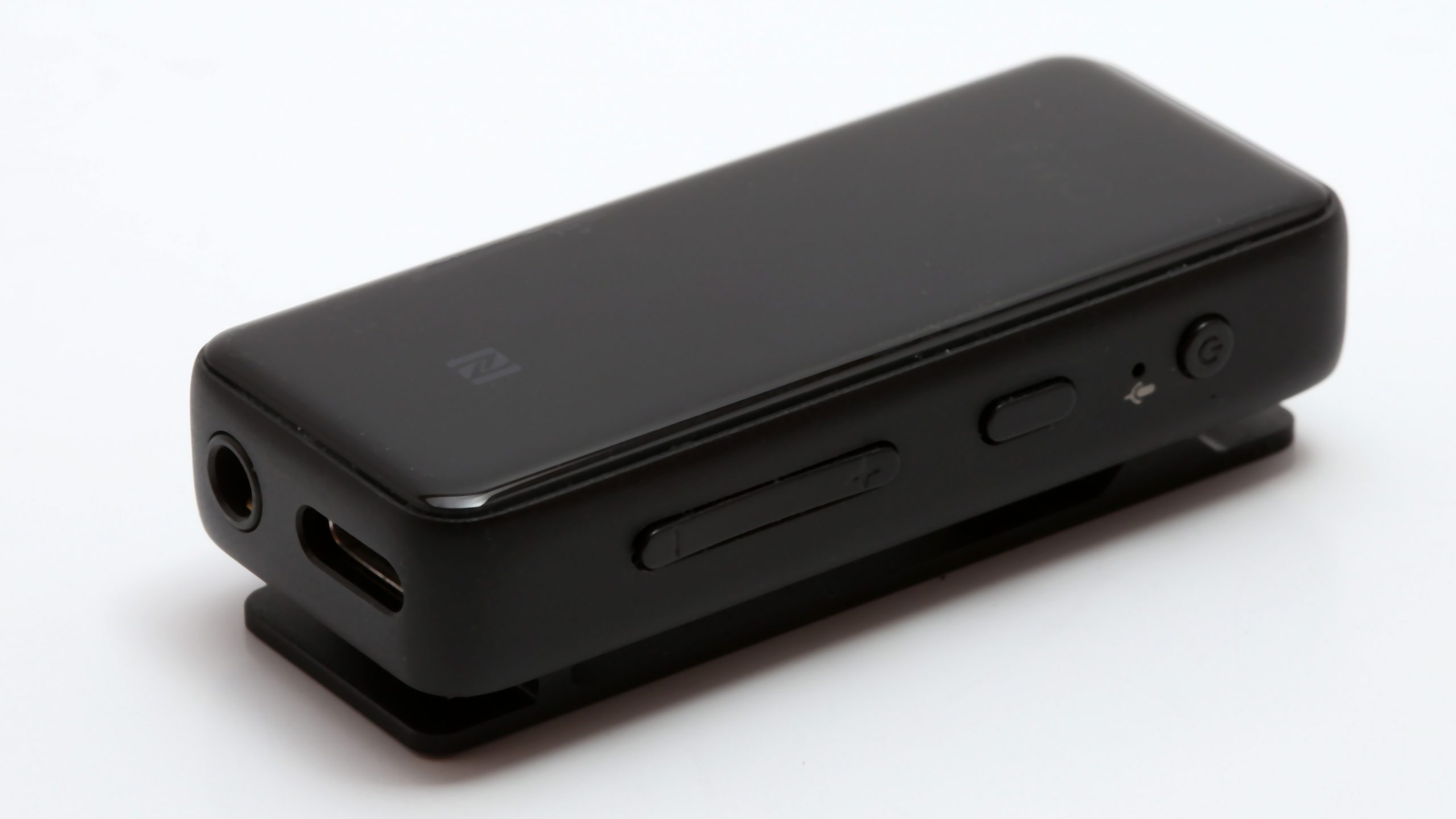
FiiO BTR3 in use
Bluetooth connectivity is easy. The first time it is turned on, it goes into pairing mode, and you connect it to the mobile as you would any pair of wireless headphones. The next time you turn it on, it automatically pairs.
The sound from the little gadget is much louder than I thought when I ordered it for testing. As mentioned earlier, my iPhone is fading with the Lightning transition, and I can now get almost full benefit from the closed Denon AH-D5200 but also the affordable but great, flat magnetic Massdrop / HiFiMAN HE4XX that I bought through drop.com.
The music gets good weight in the bass, with tough rhythms and more life than the mobile can. In this discipline, the small BTR3 is in league with Audioquest Dragonfly Black, but with a somewhat more veiled stereo perspective. BTR3 has marginally more crosstalk, meaning that the left and right channels are slightly contagious. But it’s still perfectly acceptable, and it’s fun that I can actually connect to the expensive HiFiMAN HE-1000SE without it being completely crisis. On the contrary, it is rhythmic and fun, and where a good hint of the qualities of the headphones comes through.
As a PC-DAC, the sound is even a notch better than with Bluetooth, and the best BTR3 is capable of. There is still a bit to go on against Dragonfly even in the most affordable variant, but the headphone output on my laptop is not close. In other words, the BTR3 has a reason to live, even if it had not been for the Bluetooth wireless sound.
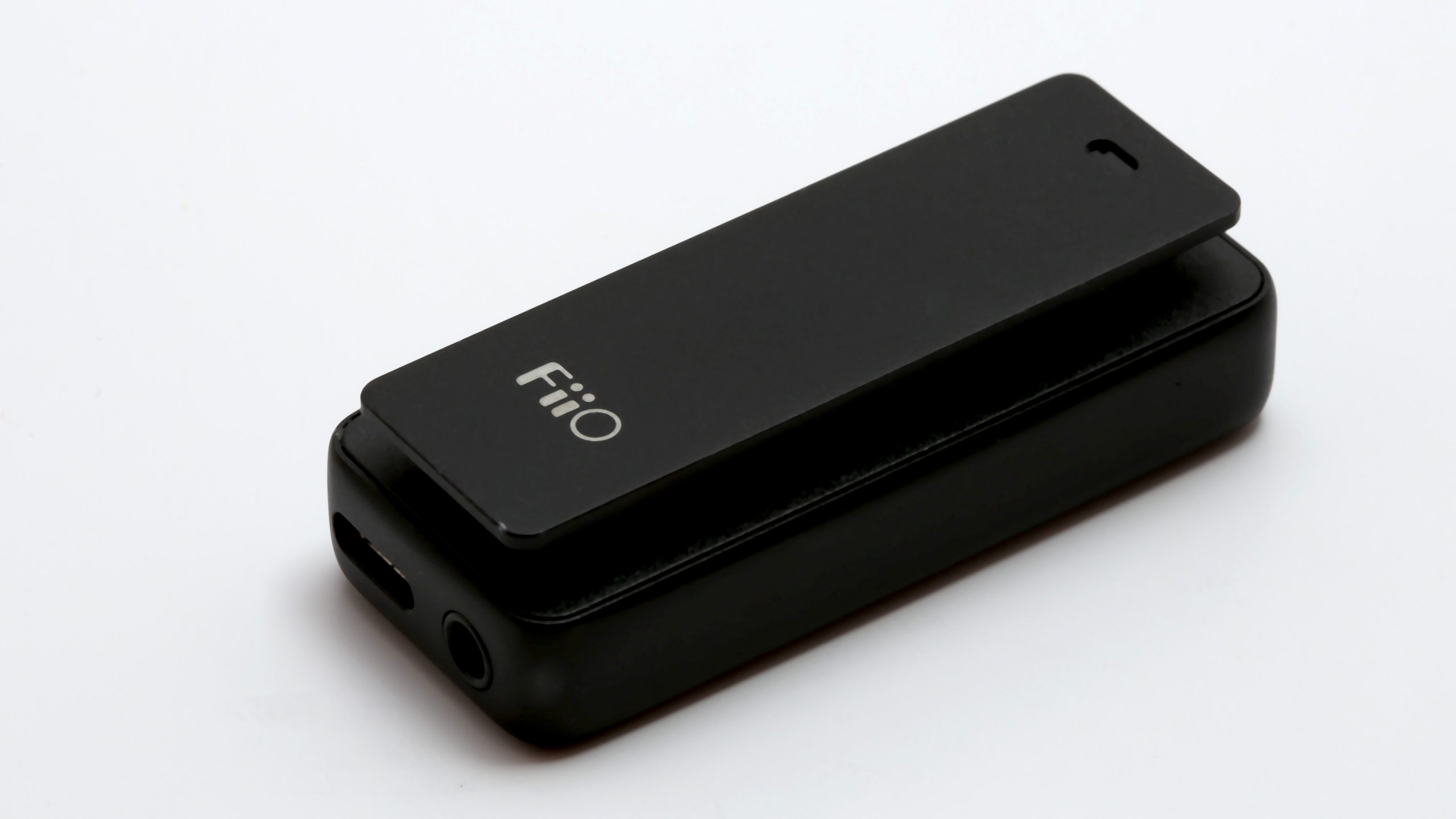
FiiO BTR3: Conclusion
FiiO BTR3 is not a necessity, but makes life as a headphone lover a little more fun. Now I can take with me the pair that is my favorite at the moment, and use it in almost-wireless mode. Just hide the cable on the inside of the jacket or shirt. And that with much louder sound than from the mobile phone, so that you can breathe good life into even quite side-butt headphones.
It would have been less meaningful if it were not for the built-in microphone, which actually brings something useful to the table. Then you do not have to take out your mobile phone when someone calls. Just answer with one of the buttons on the FiiO gadget, and talk normally. With better voice than from most wireless headphones.
Add the USB-DAC function, and the BTR3 can do enough tricks, with good enough sound quality, to get our recommendation.

We think
Make regular headphones "wireless". Much louder sound than from the headphone jack on the phone. Supports the best audio codecs over Bluetooth 5.0. Excellent sound on mobile calls if it is attached to the collar. USB-DAC. You will never get rid of the cable from the headphones themselves, just free them from the cell phone. More expensive amplifiers have a more nuanced sound.
134 €
Specifications
- Type: Portable wireless headphone amplifier
- Resolution: Up to 24-bit / 96 kHz
- Digital input: Bluetooth, USB-C
- Bluetooth version: 5.0
- Codecs: AAC, aptX (LL, HD), LDAC, LHDC / HWA, SBC
- Battery life: 11 hours (300 mAh)
- Out: 3.5 mm variable
- Power: 25 mW (32 ohms), 33 mW (16 ohms)
- Weight: 25 g
- H x W x D: 5.8 x 2.5 x 1 cm
